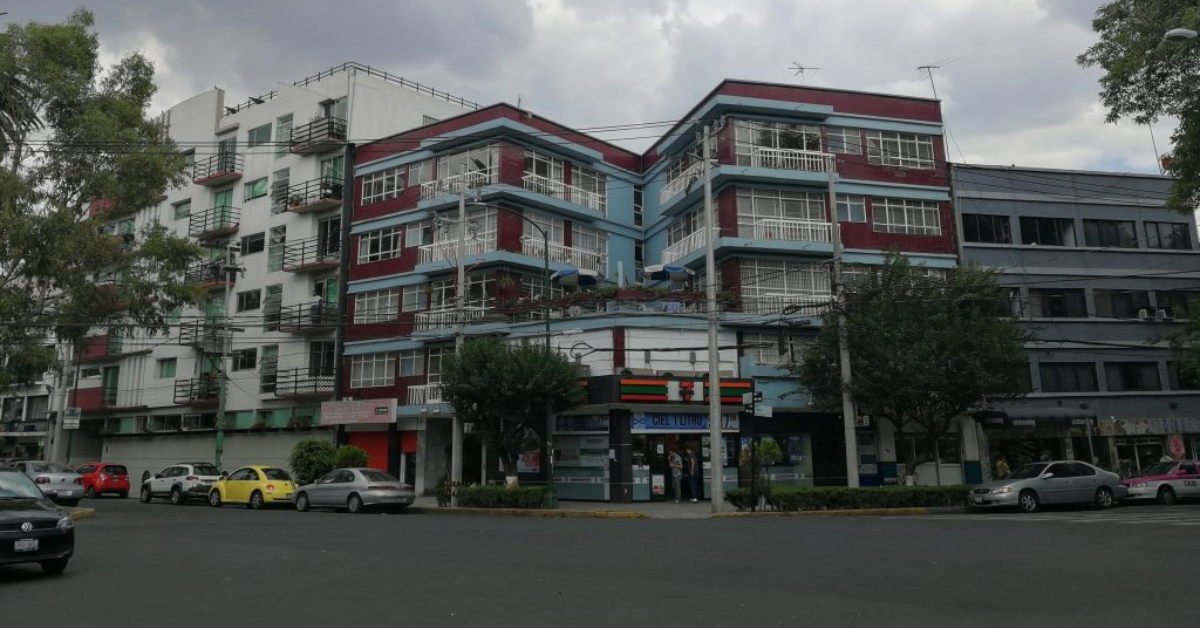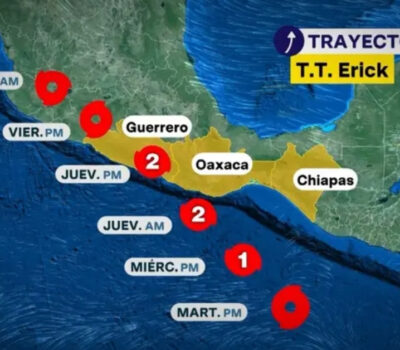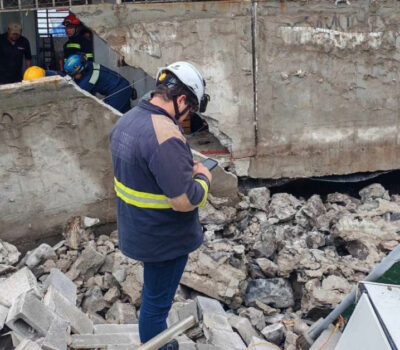Puerto Vallarta, Mexico – In recent years, Mexico’s housing sector has encountered multiple challenges, creating a substantial imbalance between the supply of new apartments and the growing demand for housing. The construction of new residential buildings has been delayed due to a combination of factors including high inflation in building materials, pandemic-induced paralysis, scarcity of land for development, and elevated interest rates. Jorge Combe, a founding partner of DD360 and an expert in Residential Financing for the University Tower project, highlighted these issues during the recent seminar The Evolution of Vertical Housing in Mexico.
Combe explained that these setbacks are leading to a notable disruption in the construction pipeline, creating a lag in new apartment availability. “The partitions that were not put in place a year ago mean that there will be no apartments to be delivered in 2026, 2027, or even 2028. This should bring inflation or capital gains in vertical housing in central areas,” he noted, pointing to the long-term consequences of the current delays.
Supply Chain Disruptions Leading to Shortage of New Apartments
Combe emphasized that despite these challenges, demand for housing remains strong due to demographic trends, such as population growth, marriage, and divorce rates. “The supply of new apartments will fall because not enough buildings are being built, although, on the other hand, demand continues due to demographic factors,” he said. This growing gap between supply and demand could lead to inflationary pressures on real estate prices, particularly in densely populated urban centers.
Data from 4S Real Estate, a leading consultancy in the sector, indicates that around 400,000 homes are sold annually in Mexico, yet only half of these properties are newly constructed, reflecting a stark decline in construction activity. Marisol Becerra, MX-Centro regional partner at 4S Real Estate, echoed Combe’s concerns, noting that regulatory hurdles and the rising cost of land in desirable areas have made it increasingly difficult to launch new development projects.
“Some construction procedures take up to five years to clear,” Becerra said, adding that “we are still carrying a backlog of projects that began to be planned a decade ago.” This backlog, combined with insufficient new developments entering the market, has led to a reduced inventory of available apartments.
Housing Demand Outstrips Supply
Even as the supply of new homes dwindles, demand continues to surge. According to Becerra, various societal factors, such as rising divorce rates and increased life expectancy, contribute to the growing need for housing. “One in three marriages ends in divorce, and each divorce requires a new home; in addition, life expectancy is increasing. We have a very important challenge due to the gap between the need for housing and what is available on the market,” she explained.
The most recent figures from 4S Real Estate show that 38,000 mid-range apartments were sold in Mexico’s major cities in 2017, while in 2023, an average of more than 49,500 units were sold each month. Despite this rise in demand, the number of new housing developments has not kept pace with previous construction cycles. “The cycles in which the most construction was done in Mexico City were in 2017 and 2018. We were in full swing, but now there are fewer developments entering the market,” Becerra said.
Key cities like Mexico City, Guadalajara, Monterrey, and coastal destinations such as Puerto Vallarta and Mazatlán have seen significant activity in the real estate market. Mexico City accounted for 39% of apartment sales last year, followed by Guadalajara with 17% and Monterrey with 9%. Notably, Puerto Vallarta and Mazatlán saw rapid growth, with Mazatlán experiencing a doubling in the number of units sold annually from 1,300 to 2,300.
Rising Rental Costs Amidst Regulatory Reforms
As supply issues persist, rental costs in Mexico City have surged dramatically. According to the National Institute of Statistics and Geography (Inegi), rents for houses and apartments in the capital have increased by 21.4% since December 2018. This marks the largest rental price increase since the administration of current President Andrés Manuel López Obrador, when rents rose by 30% over a similar period.
In response to rising rents, reforms to the Civil Code and Housing Law in Mexico City came into effect last week, limiting rent increases to the inflation rate of the previous year. Despite these measures, property owners and experts in the sector are concerned about their potential impact on housing availability. Fernando Rodríguez Bustamante, founder of AB Inmobiliaria, warned that these reforms may inadvertently discourage the supply of rental properties. “Property owners may stop renting their properties to sell them or stop buying properties to rent, since they will no longer be able to recover their investment as quickly,” he said, adding that it is now more profitable to invest in government bonds (Cetes) than in the rental market.
Affordable Housing Development Faces Barriers
Amidst these challenges, the Valle de México chapter of the National Chamber for the Development and Promotion of Housing (Canadevi) has put forward a proposal to develop 4,000 affordable homes in Mexico City. However, achieving this goal requires significant changes to urban planning regulations. Leopoldo Hirschhorn Cymerman, president of Canadevi Valle de México, explained that to meet demand, it is crucial to optimize the use of urban land and streamline construction approval processes. “Housing production is below demand. In Mexico City, only one in 10 new couples will be able to obtain a new home, according to data from Inegi. The rest will have to compete for used housing or live in the family space. This has an impact on prices,” he said.
To address the housing crisis, industry leaders are calling for comprehensive reform that includes updating urban planning policies, increasing construction density in strategic areas, and improving access to credit for new generations of homebuyers. Without these changes, the gap between supply and demand will likely continue to widen, further driving up housing costs in Mexico’s urban centers.
As Mexico’s real estate market navigates these complex challenges, the need for coordinated efforts between developers, policymakers, and financial institutions becomes increasingly urgent to ensure that the country’s housing needs are met in the coming years.
Puerto Vallarta, Mexico - In recent years, Mexico’s housing sector has encountered multiple challenges, creating a substantial imbalance between the supply of new apartments and the growing demand for housing. The construction of new residential buildings has been delayed due to a combination of factors including high inflation in building materials, pandemic-induced paralysis, scarcity of land for development, and elevated interest rates. Jorge Combe, a founding partner of DD360 and an expert in Residential Financing for the University Tower project, highlighted these issues during the recent seminar The Evolution of Vertical Housing in Mexico.












